12 GPTs for Stock Prediction Powered by AI for Free of 2026
AI GPTs for Stock Prediction are advanced tools designed to analyze and predict stock market trends using Generative Pre-trained Transformers. Leveraging vast datasets and learning from historical market behaviors, these GPTs offer tailored solutions for investors, traders, and financial analysts. By processing natural language and numerical data, they generate insights and forecasts, helping users make informed investment decisions.
Top 10 GPTs for Stock Prediction are: Stocks,Professor Finance AI Analyst,주식 파트너,【AIアナリスト】阿鳴さん【決算報告書分析ツール】,StockX,Market Analyst,智投导航AI—股市智慧引擎,AGI Jesse ML Engineer,株価予想,Big Tech StockFinder
Stocks
Simplifying Stock Market Insights with AI

Professor Finance AI Analyst
Empowering financial decisions with AI

주식 파트너
Empowering Investments with AI Insight
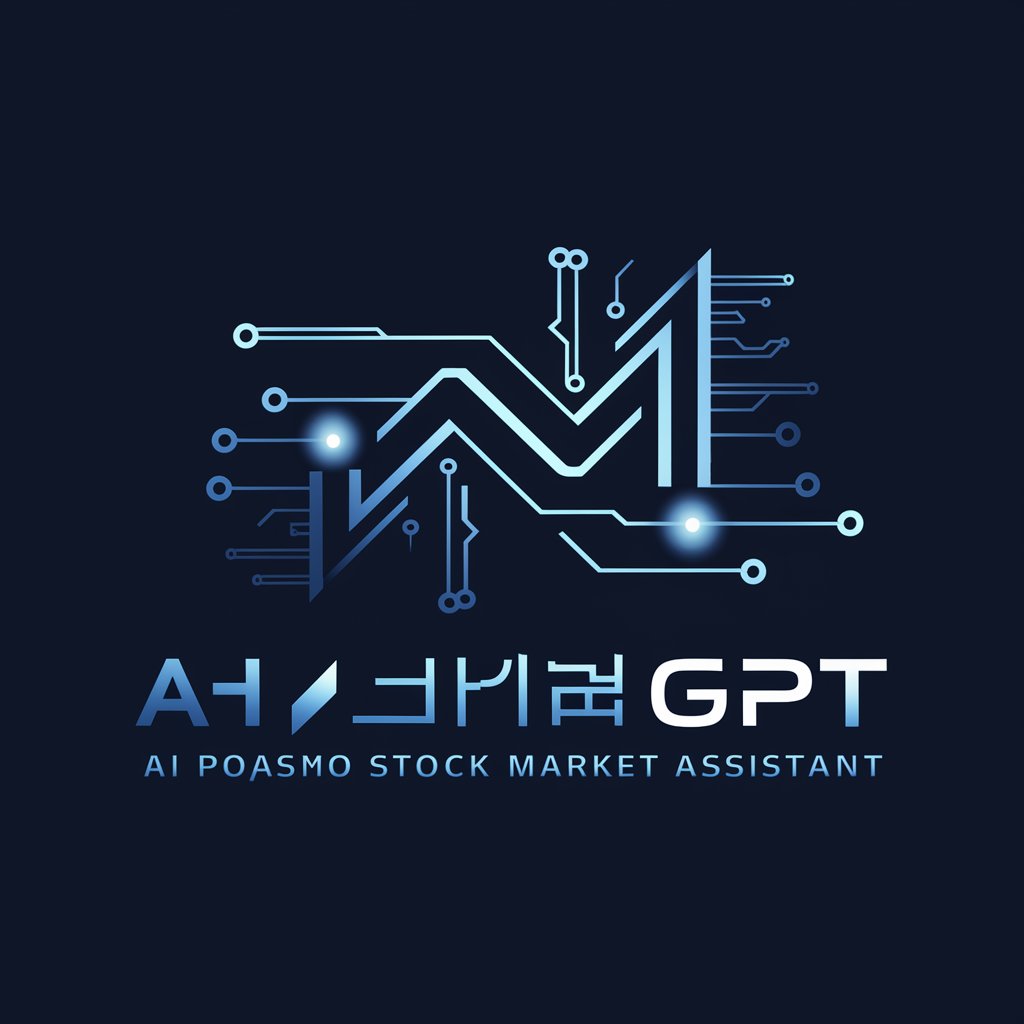
【AIアナリスト】阿鳴さん【決算報告書分析ツール】
Empowering Decisions with AI-Driven Financial Insights

StockX
Empowering Trades with AI Insight
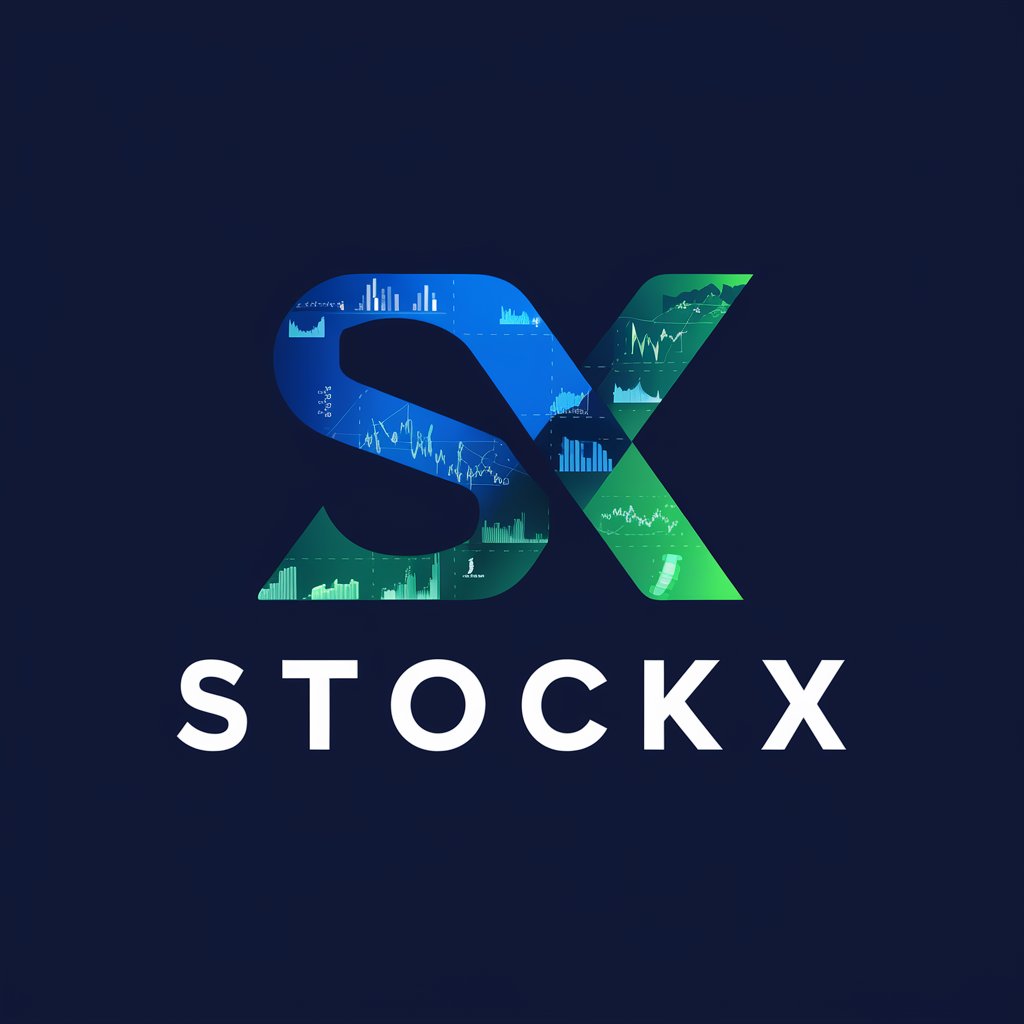
Market Analyst
Deciphering Markets with AI
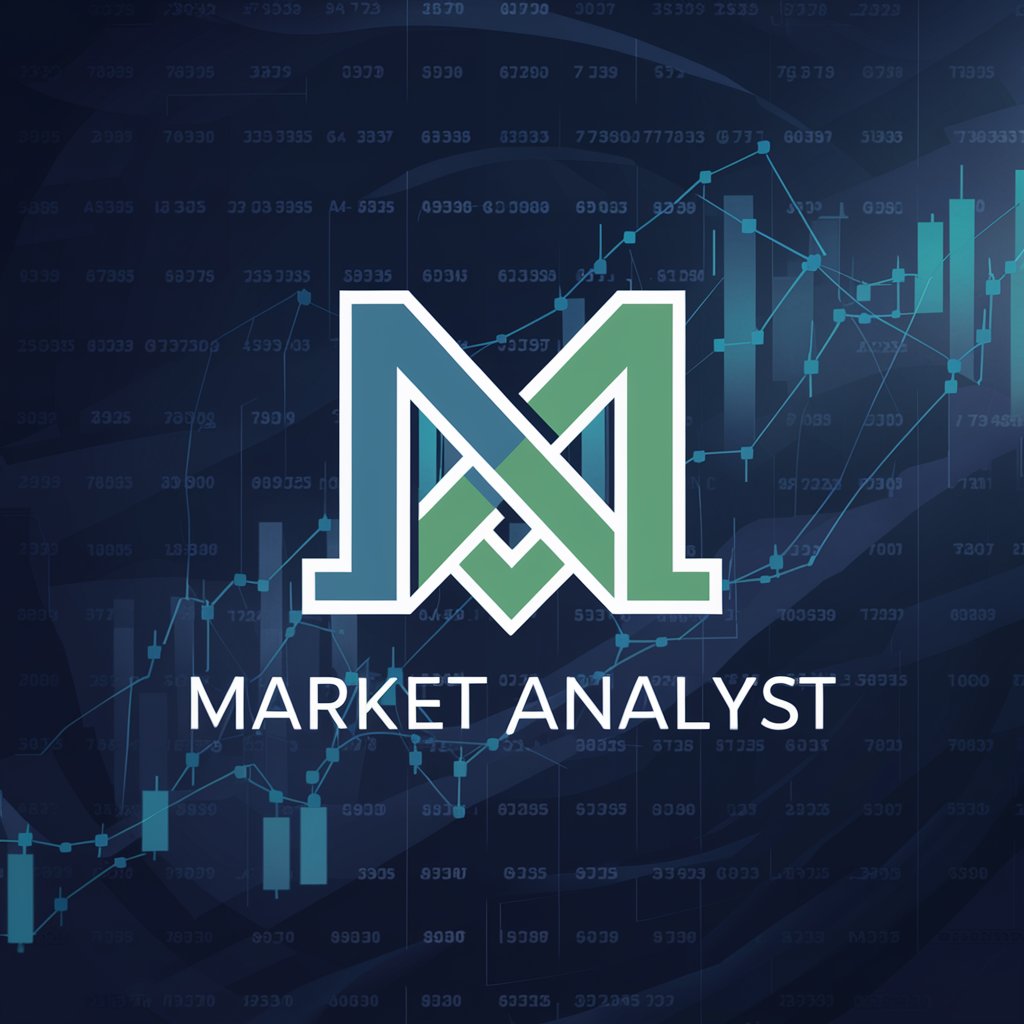
智投导航AI—股市智慧引擎
AI-Powered Stock Market Navigation
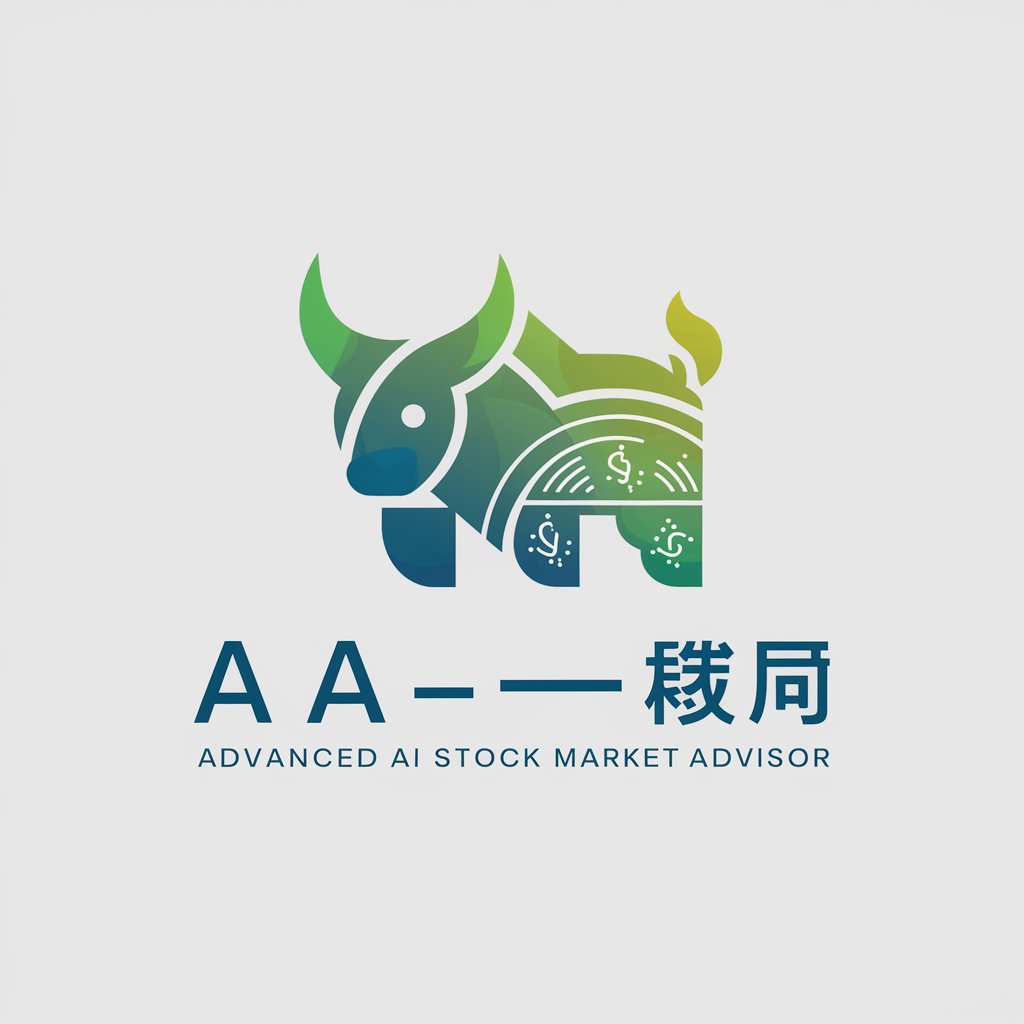
AGI Jesse ML Engineer
Empowering Financial Decisions with AI
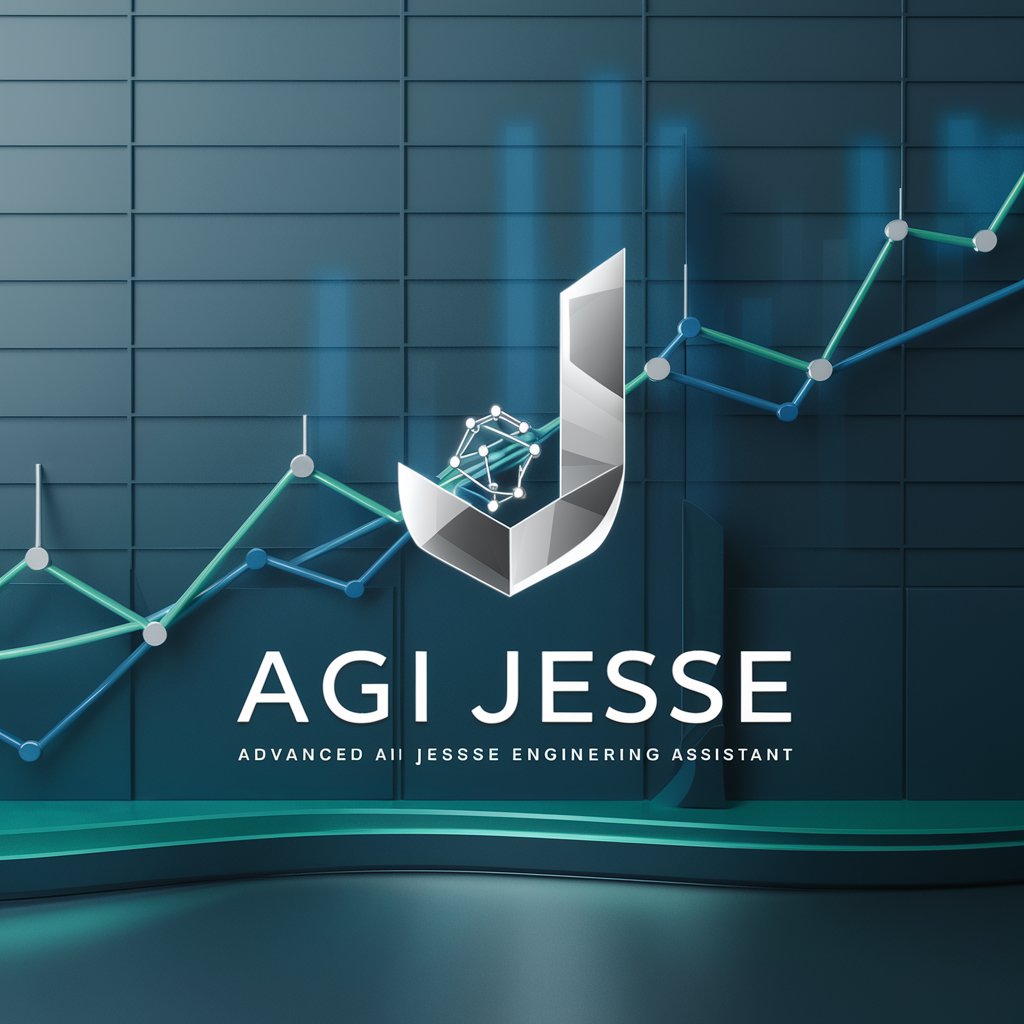
株価予想
Empowering your investment decisions with AI.

Big Tech StockFinder
Empowering Investment Strategies with AI
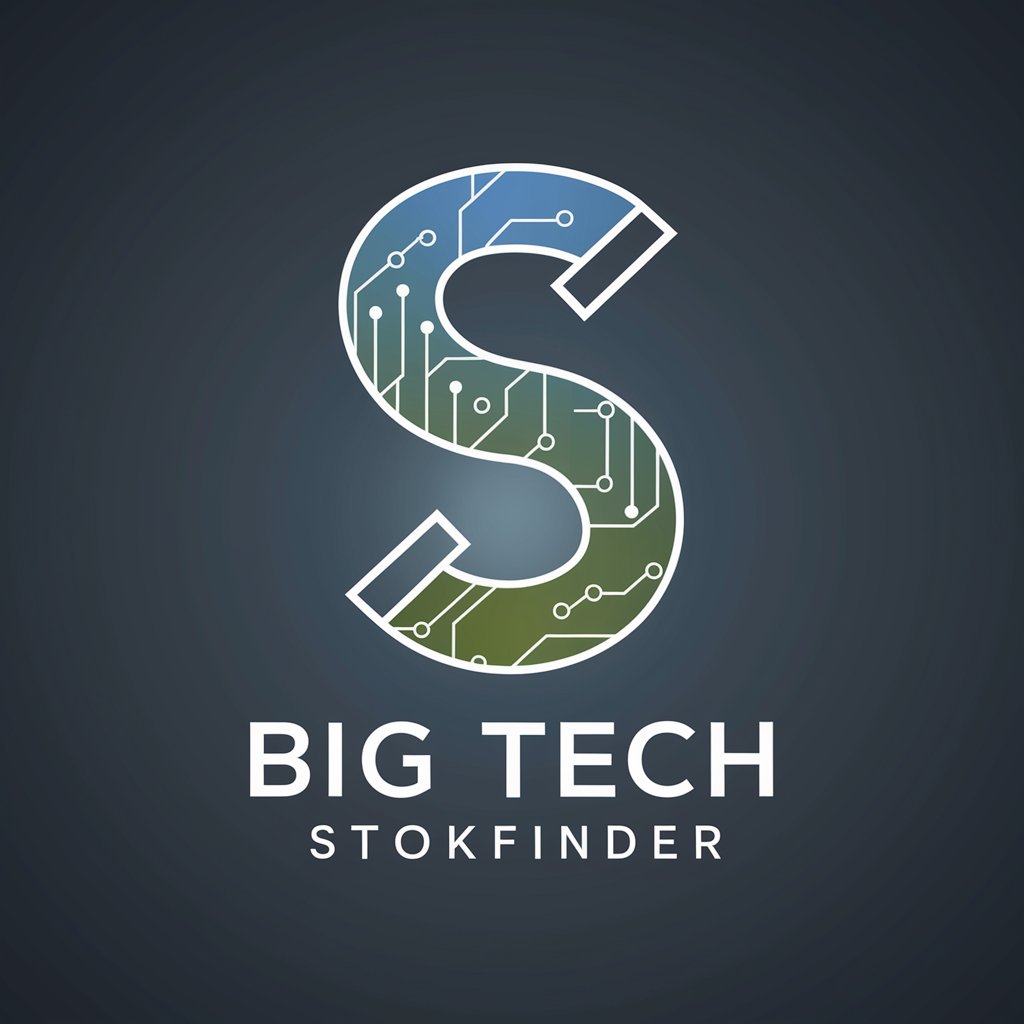
股票分析专家
Empowering Your Investments with AI
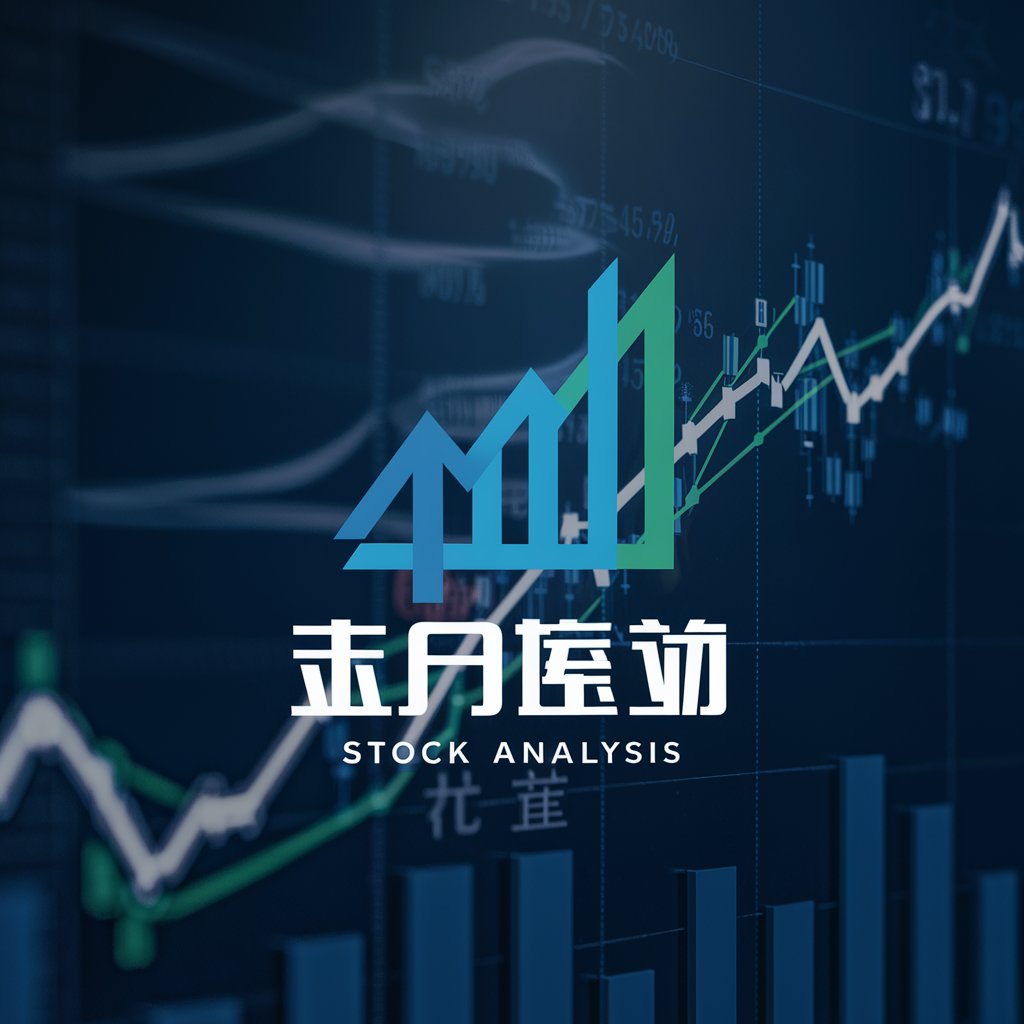
🍹✨ BeverageBuddy Stock Forecaster 📈
AI-powered beverage stock forecasting.

Essential Characteristics of AI GPTs in Stock Forecasting
AI GPTs for Stock Prediction are distinguished by their adaptability, accuracy, and real-time analysis capabilities. They can process complex market data, analyze trends, and predict future movements with a high degree of precision. Features include natural language processing for news sentiment analysis, numerical data analysis for trend prediction, and customizability for specific market sectors or individual stocks. These tools also offer technical support, web searching capabilities for the latest market news, and data visualization for easy interpretation of predictions.
Who Benefits from Stock Prediction GPTs
The primary users of AI GPTs for Stock Prediction include retail investors, financial analysts, and fintech developers. These tools are accessible to novices, offering user-friendly interfaces and guidance for those without coding skills. Simultaneously, they provide robust customization options for users with programming expertise, enabling them to tailor models for specific predictive tasks or integrate them into existing financial analysis platforms.
Try Our other AI GPTs tools for Free
Innovation Suggestion
Discover how AI GPTs for Innovation Suggestion can transform your creative processes, offering tailored, AI-driven solutions to overcome challenges and seize opportunities in innovation.
Artistic Contrast
Discover how AI GPTs for Artistic Contrast are revolutionizing the way we explore, create, and analyze art, offering tailored solutions for artists, learners, and developers.
Study Variables
Discover how AI GPTs revolutionize the study of variables with adaptable, user-friendly tools designed for researchers and analysts alike, offering advanced analyses and intuitive interfaces.
Ingredient Education
Discover how AI GPTs transform ingredient education with tailored insights, interactive learning, and comprehensive support for all levels of interest.
Musical Evolution
Explore the frontier of music with AI GPTs for Musical Evolution: innovative tools designed to enhance music creation, analysis, and education through tailored AI solutions.
Online Tutoring
Explore the transformative power of AI GPTs for Online Tutoring, offering personalized, accessible, and scalable educational support across diverse learning needs.
Expanding the Horizon with AI GPTs
AI GPTs for Stock Prediction are revolutionizing the way we understand and predict market trends. Their ability to learn from data and adapt to new information makes them invaluable for dynamic market analysis. Additionally, their user-friendly interfaces and integration capabilities allow for seamless incorporation into various financial systems, making advanced stock prediction accessible to a wider range of users.
Frequently Asked Questions
What are AI GPTs for Stock Prediction?
AI GPTs for Stock Prediction are artificial intelligence tools designed to forecast stock market trends. They utilize Generative Pre-trained Transformers to analyze historical data and predict future market behaviors.
How accurate are these predictions?
While highly sophisticated, the accuracy of predictions can vary based on market volatility, the quality of input data, and the specificity of the prediction model. Generally, they offer valuable insights but should be used alongside other analysis methods.
Can non-programmers use these tools effectively?
Yes, these tools are designed with user-friendly interfaces that allow individuals without programming skills to make stock predictions and analyze market trends.
Are these tools customizable?
Absolutely. Developers and analysts can customize the AI models to focus on specific markets, sectors, or stocks, tailoring the analysis to their unique needs.
Do these tools support real-time data analysis?
Yes, many AI GPTs for Stock Prediction are capable of processing real-time data, providing timely insights into market trends and potential investment opportunities.
Can I integrate these tools into my existing financial software?
Certainly. With programming expertise, these GPTs can be integrated into existing financial analysis platforms or software, enhancing their predictive capabilities.
Do these AI tools analyze global markets?
Yes, depending on the tool and the data it has been trained on, it can analyze and predict trends in global markets, offering insights for international investors.
What sets these tools apart from traditional stock prediction methods?
AI GPTs for Stock Prediction leverage advanced machine learning algorithms to process vast amounts of data more efficiently than traditional methods, providing a more nuanced and predictive analysis of market trends.